5 Of The Most Influential Female Fashion Designers From Japan
Meet The Women Who Changed Japan's Fashion Industry
These fabulous women have made their mark in the industry, influenced what fashion has become today, and have inspired others globally by staying authentic and determined despite the roadblocks they may have encountered.
Fashion in Japan has created and set global standards and trends, has introduced new techniques and has given birth to many designers and artists who have launched and built up some of the top selling brands around the world. As a country that still shocks and surprises not only the millions of tourists who travel here annually but also the locals who try to stay cool and up-to-date with the constantly changing trends and innovations, it’s no wonder that some of the greatest female fashion designers emerge from this fashion-inspiring country. Here are five female fashion icons from Japan who have in so many ways changed the industry as we know it.
Rei Kawakubo (1942 – )
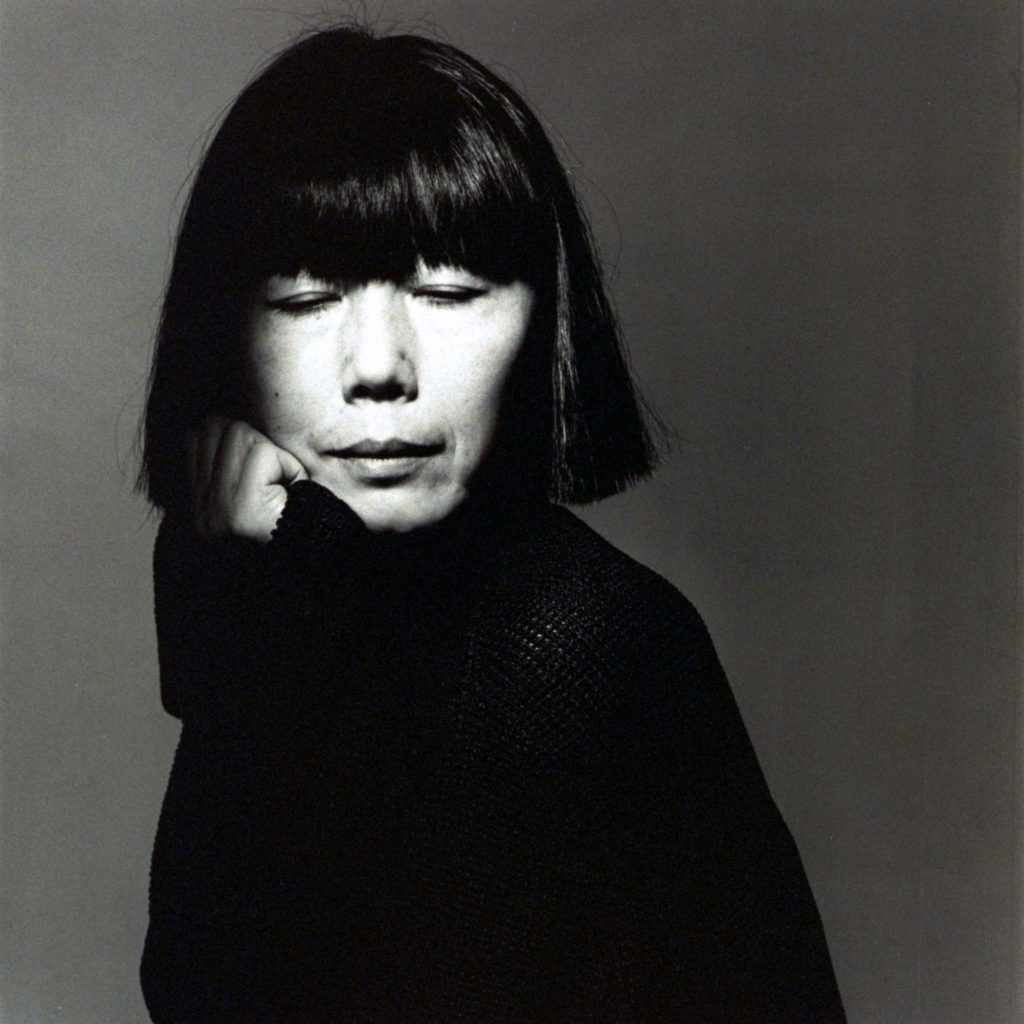
Born and raised in Tokyo, Rei Kawakubo studied and graduated Fine Arts at Keio University and worked for a few years under textile designer Asahi Kasei before establishing her own company in 1969, with the now iconic name, Comme des Garcons. Similar to Coco Chanel, her concept was to make clothing for women which was boy-like (thus the brand name), and for nine years she solely produced womenswear until there was a large enough demand for a menswear line, which she then launched called Homme. She later moved to Paris, where she presented her first collection as well as opened a boutique of her own, and from that moment on she began to gain global attention for her non-traditional and unique style of garments.
It is undeniable that Rei Kawakubo has been pushing fashion forward – both back then and still now. Rei Kawakubo is one of the few designers who is rarely photographed or interviewed, is known for her avant-garde looks and rather heavy use of black; she is often described as having a sense of creativity and vision that is still often misunderstood.
I just decided to make a company built around creation, and with creation as my sword, I could fight the battles I wanted to fight. – Rei Kawakubo
Nonetheless, she continues to put her mind to the future of fashion. Since building her fashion empire, she has given three designers free rein to start their own labels under her aegis, she launched a commercially successful line with H&M, and she runs the high-end Dover Street Market store — all in the name of doing something new.
Hanae Mori (1926 – )
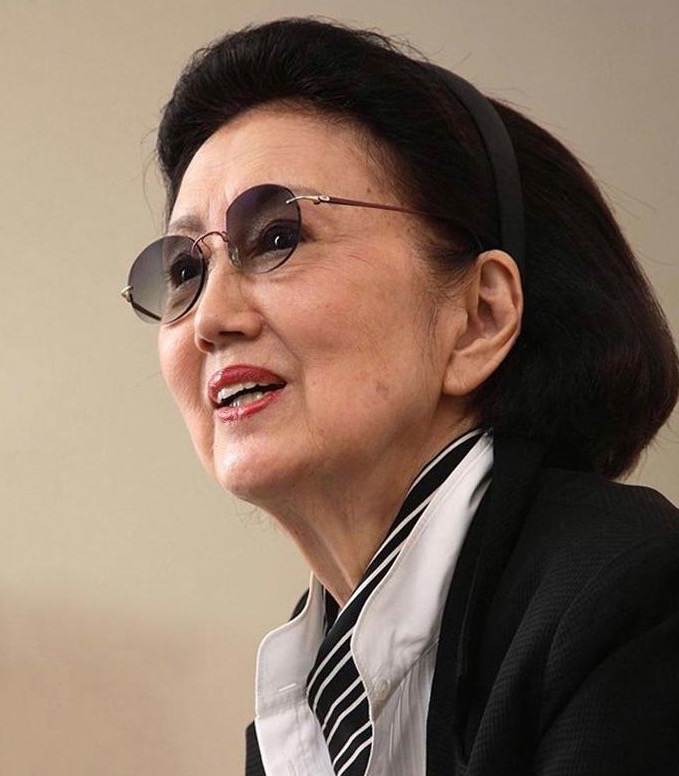
Hanae Mori was born in Shimane, a prefecture in the southern part of Japan in 1926 and later moved to Tokyo to “find better opportunities,” which at the time for her was “to study at the Tokyo Women’s Christian University” and “find a suitable husband.” After having two children, she found herself bored with the daily tasks of being a typical Japanese housewife, and so she enrolled in a dressmaking school to acquire the skills that led her to establish her first shop in the center of Tokyo in the early 1950s. Her boutique was located across a movie theatre and one lucky day, the famous movie director Sotojiro Kuromoto noticed the window display of her shop — it was from this serendipitous day that she not only began designing costumes for films but also became Japan’s first internationally known designer.
I was fascinated by the impeccable tailoring often found in men’s suits. But it also looked elegant…. That experience motivated me to continue as a designer – Hanae Mori
Hanae Mori is one of Japan’s greatest designers who introduced Japanese culture, aesthetic, and artistic expression to the west. She often featured Japanese imagery such as cherry blossoms, kabuki, and Japanese kanji characters and applied them to western designs. One of her most famous trademarks is the butterfly and this is still a central theme in all of her works ranging from her spectacular gowns to eau de perfume collections. Unlike Kenzo or other avant-garde Japanese designers who used unconventional styles and fabrics, Hanae Mori did not attempt to break the system of western fashion or alter its concept of clothing. What she challenged was the stereotypical, inferior image of “the Orient” and Japanese women in the 1960s. For this reason, now, more than four decades on, she has become one of Japan’s most iconic feminist creators who continues to remain not only influential but also exclusive among all Japanese designers in both Japan and France.
Yumi Katsura (1932 – )
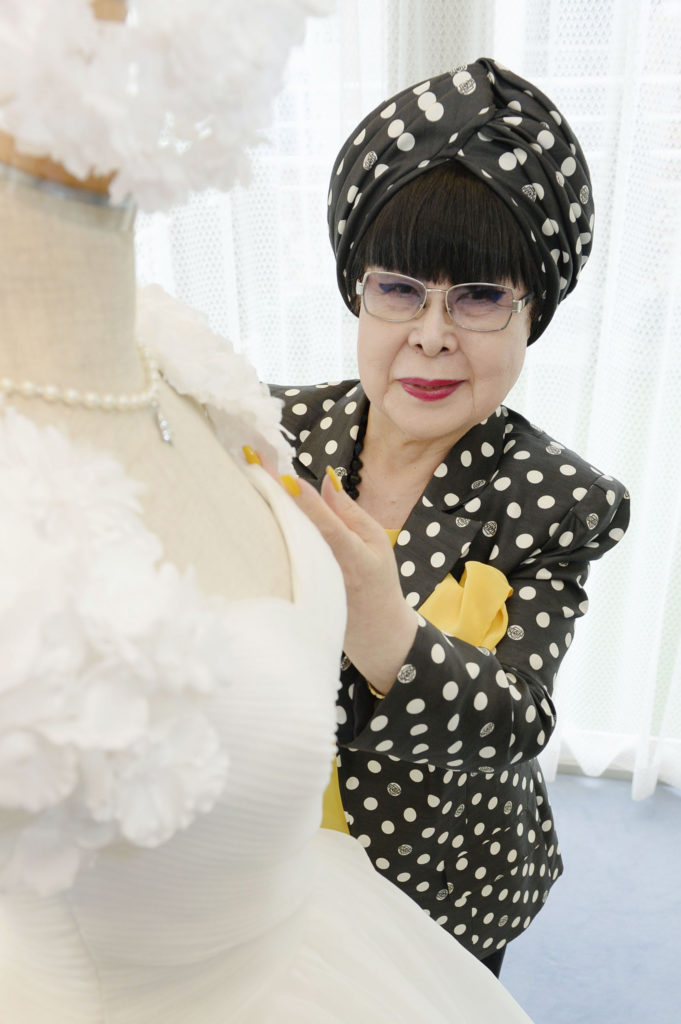
Born and raised in Tokyo, Yumi Katsura attended and graduated from Kyoritsu Women’s University specializing in Apparel Science Studies. She later moved to Paris where she advanced her study and understanding of haute couture, and in 1964, opened her first bridal shop, while also presenting the first bridal show ever held in Japan. Not too long afterward, she published ‘The Bridal Book,’ another first of its kind in the Japanese market, and as years went on and her brand popularity heightened, Katsura expanded her business into the U.S, France, and England. Some of the most exclusive stores in the States, such as Saks Fifth Avenue, Bergdorf Goodman, Henri Bendel and Neiman Marcus, purchased her dresses. In 1988, the Yumi Katsura Bridal Museum, which exhibits authentic traditional bridal gowns from all over the world, was established in Kobe.
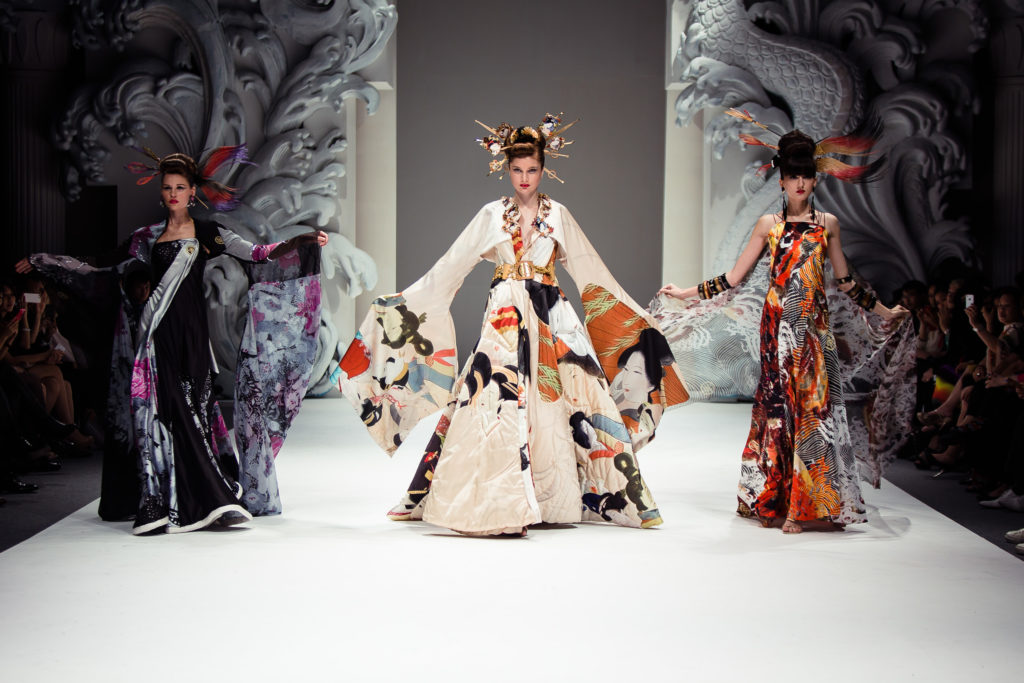
Queen of bridal fashion, Yumi Katsura is one of Japan’s and the world’s most prolific designers — her gowns are modern masterpieces, with lots of texture, often with over-the-top details featuring lace peplums, ruffled overskirts, and ornate crystals.
Chisato Tsumori (1954 – )
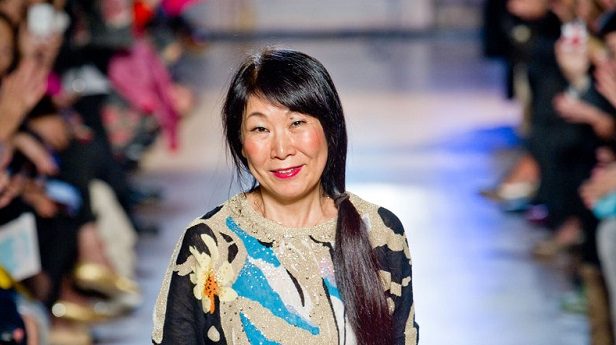
Chisato Tsumori was born and raised in the city of Saitama and studied fashion in Tokyo at the prestigious Bunka Fashion University. During the late 1970s, she worked for Issey Miyake as the lead designer for Issey Sports which she later renamed as I.S. Chisato Tsumori Design. After spending 15 years at the Issey Miyake maison of fashion, she decided to start her own line which she debuted in Tokyo at the Tokyo Fashion Week in 1990.
Chisato Tsumori’s signature style has often been celebrated with her innovative and luxurious textiles, intricate beadwork, embroidery, appliqués as well as prints of her own design. Graceful, elegant and fun at the same time, her fashion creations have been greatly appreciated over the years. Her love for travel and her affinity towards all things French, Chisato Tsumori chose Paris as the destination for her first free-standing shop outside Asia. In 2003, she launched her first menswear line and began showing her women’s collection during Paris Fashion Week. The same year she also began international worldwide distribution which has expanded tremendously to over 40 sales points and numerous freestanding stores throughout Asia. Her brand continues to expand steadily throughout the United States, Italy, Russia, and Scandinavia.
Michiko Koshino (1943 – )

Born and raised in Osaka, Michiko Koshino along with her two other siblings all found themselves in the fashion industry, after getting a good taste of what retail experience was all about, thanks to the involvement they had with their mother’s fashion boutique. Koshino graduated from Bunka Fashion University and shortly after decided to move to London to pursue her career as a fashion designer.
Better known as “Michiko London,” her inspiration comes from the urban street culture as well as the underground music and art scene which was very central to her life during the 80s and 90s.
As a designer and an artist, Michiko London is always pushing and changing the boundaries of fashion by incorporating new and unique fabrics into her designs, while continuously creating garments which are innovative, stylish, and futuristic. She is a woman who isn’t afraid to experiment with new ideas and often looks too quirky and interesting aspects of modern Japanese society for her designs. Sexy yet comfortable clothing is her focus for young, trendy consumers. Michiko has dressed not only stars, but generations, and as a result, her numerous labels have achieved both commercial and cult success alike. A pattern cutter by trade, Michiko’s deep understanding of silhouette, materials, and quality have cemented her as a master of her craft. Today, Michiko remains at the forefront of the brand with innovation, quality, and progression at the helm of everything the atelier produces.

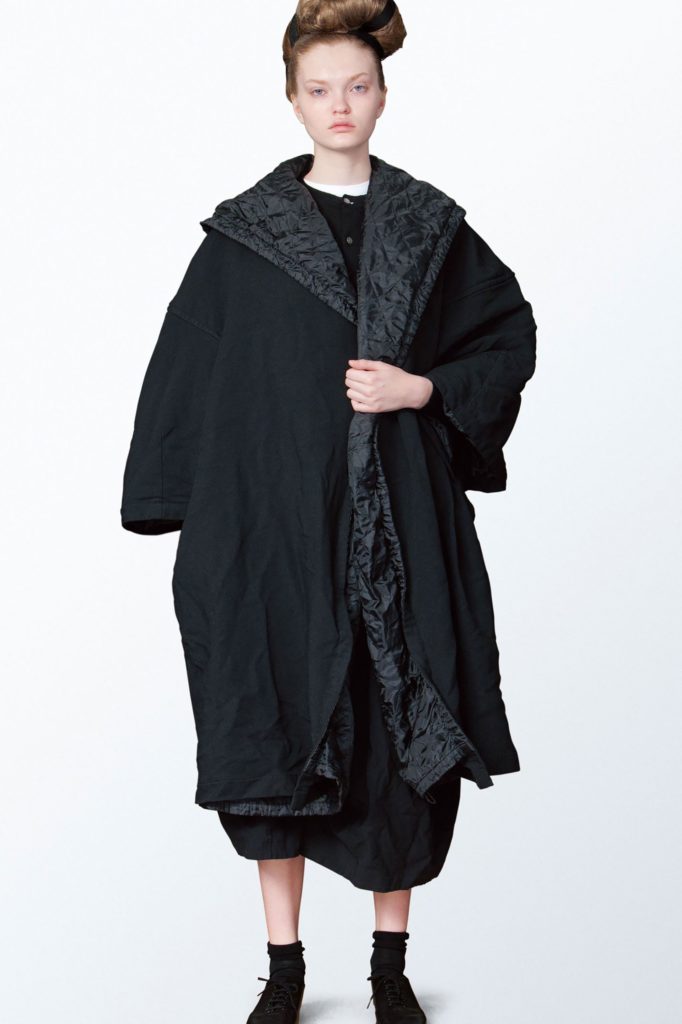
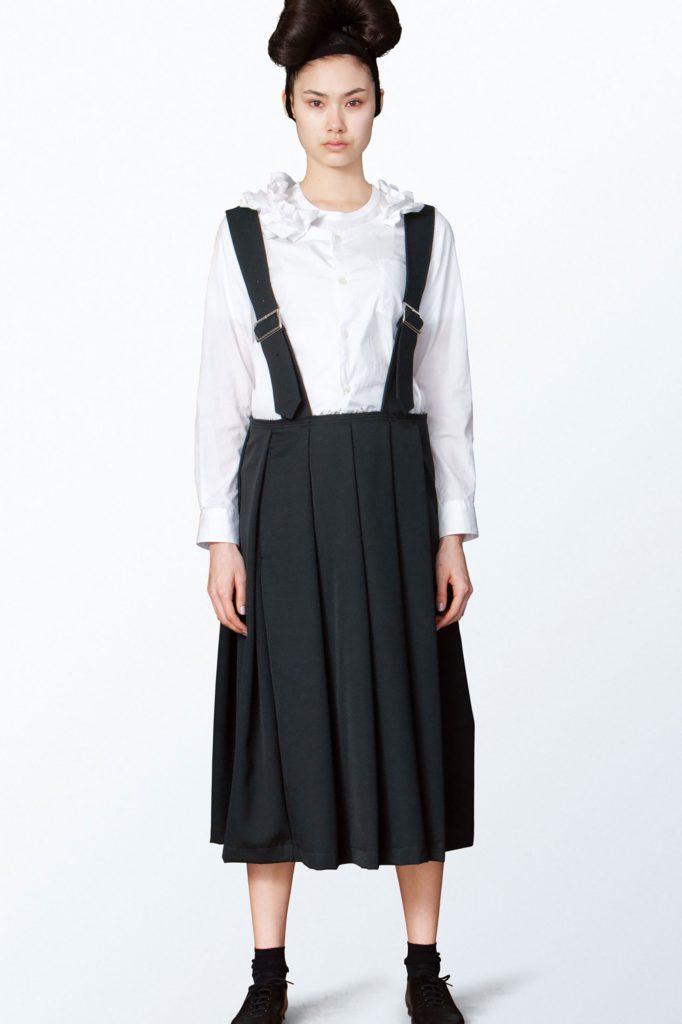
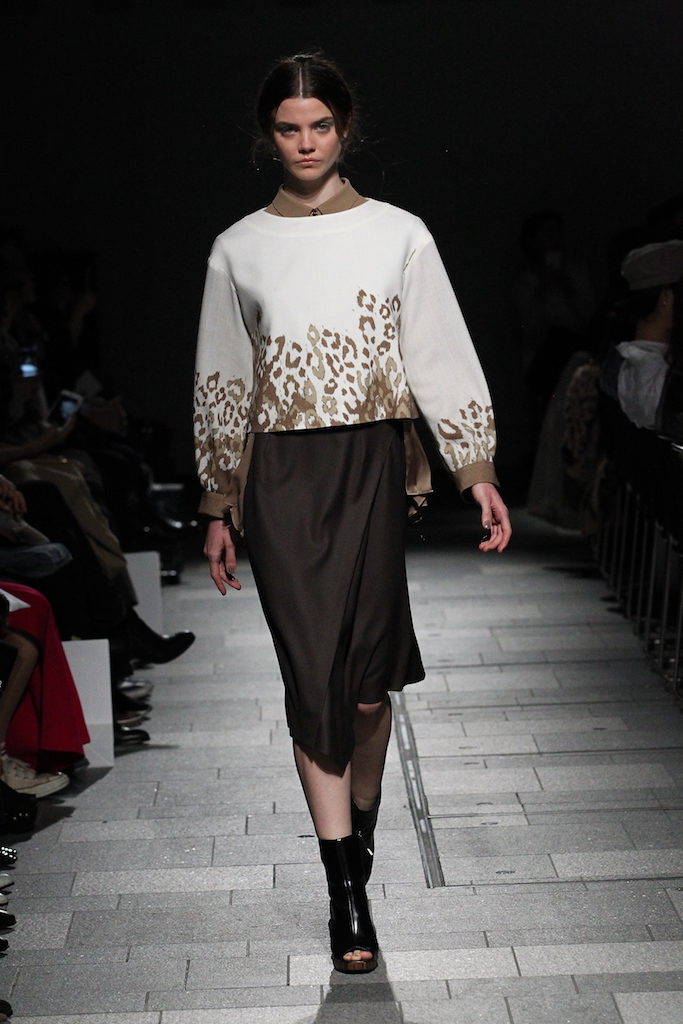
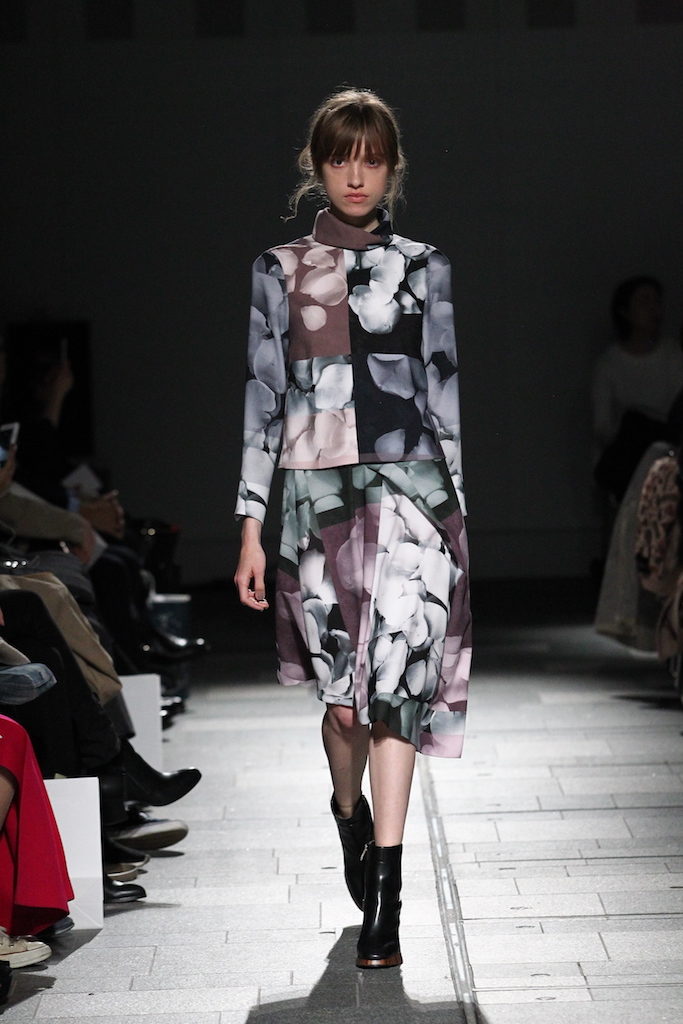
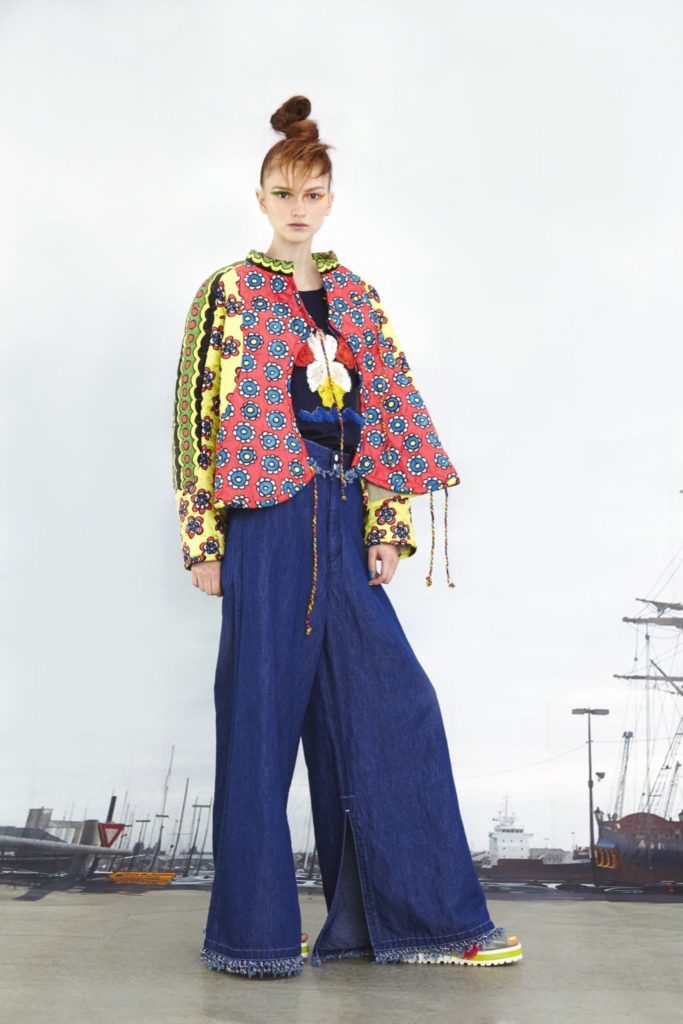
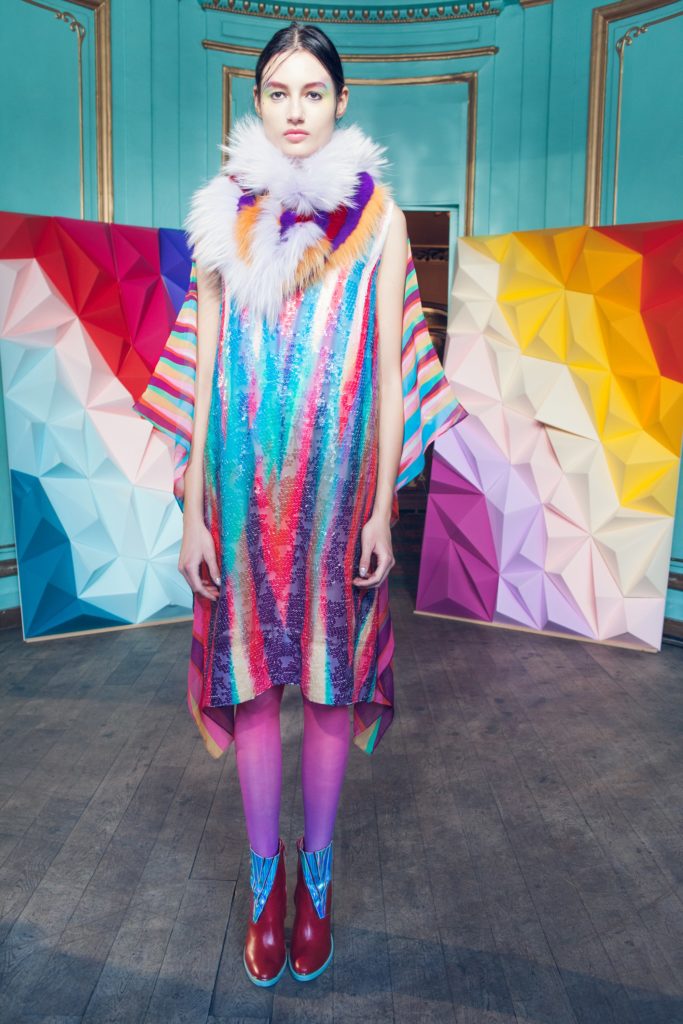
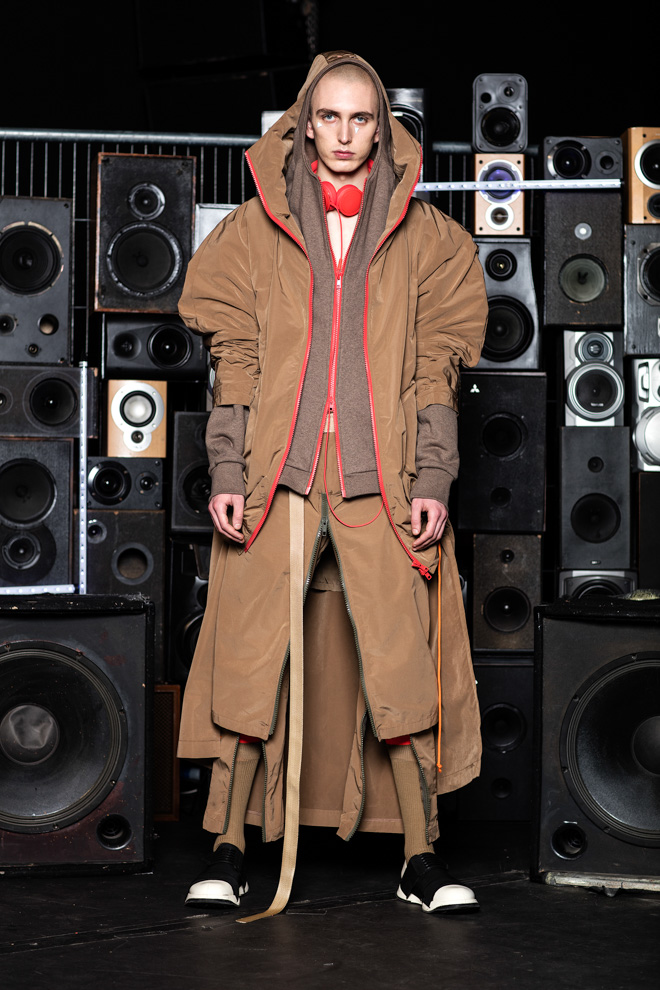
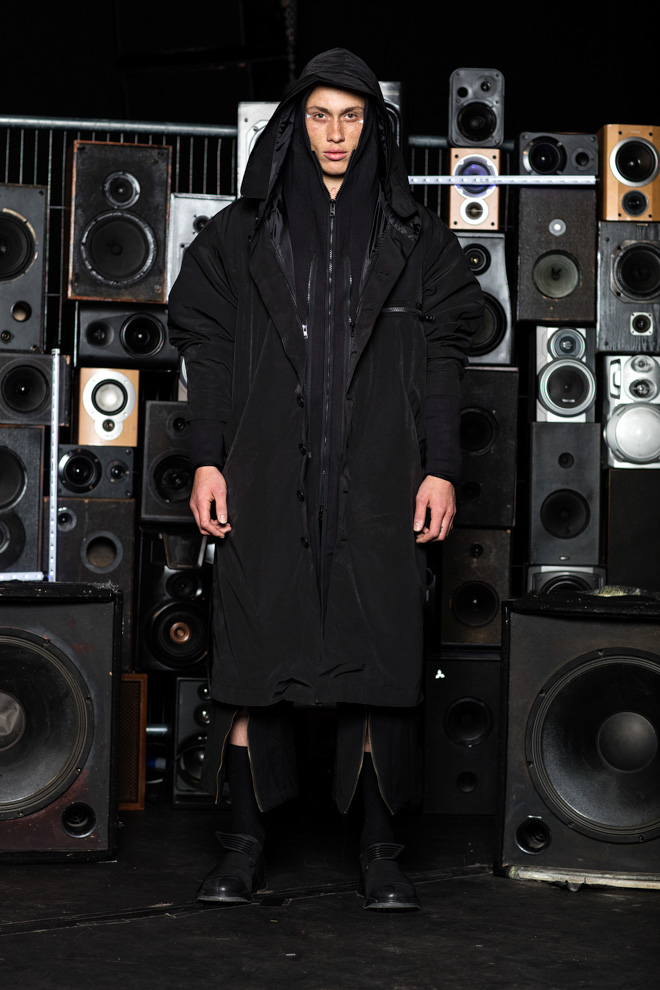











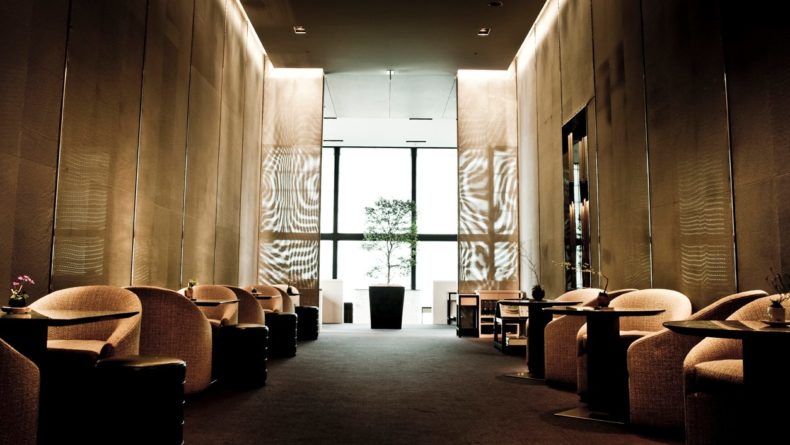
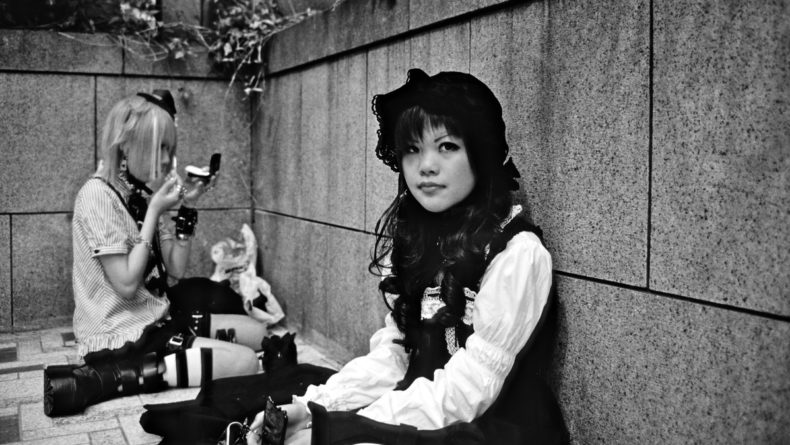

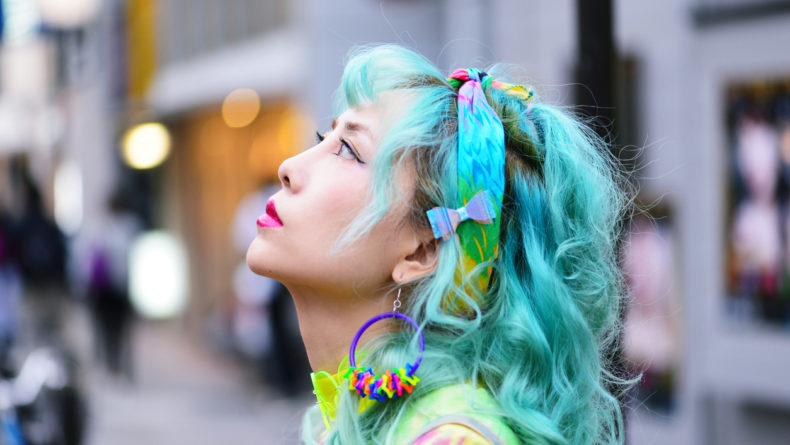
Leave a Reply